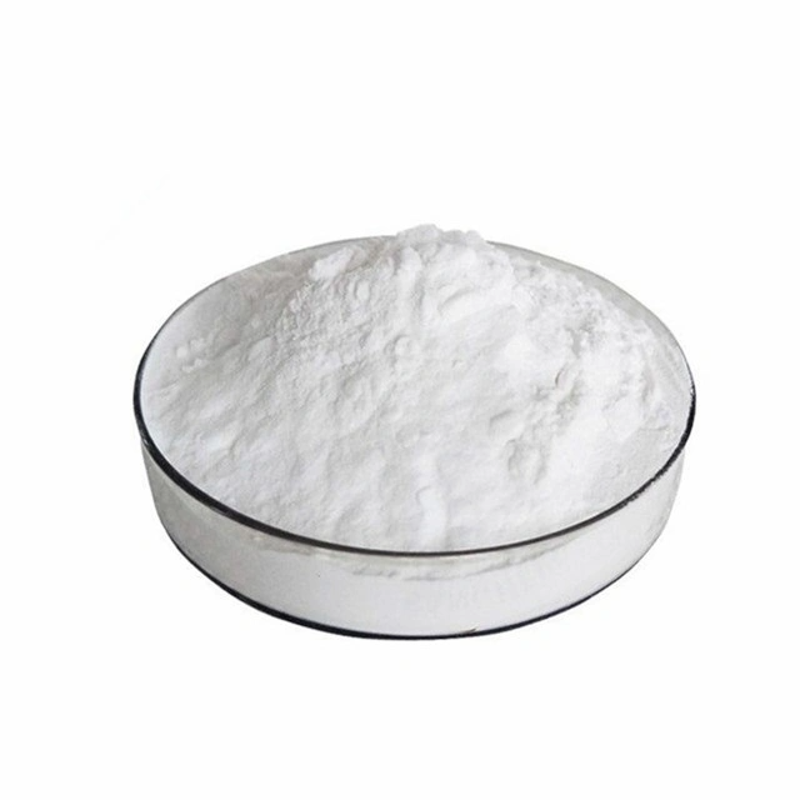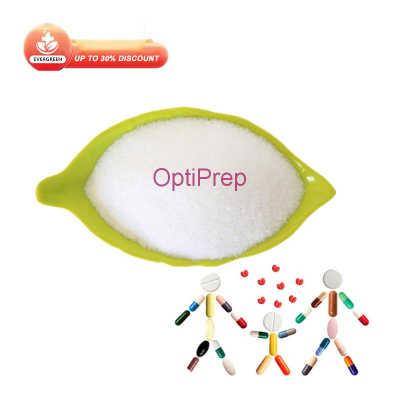Clinical standard to judge the increase of intracranial pressure in patients with severe brain trauma
-
Last Update: 2020-06-27
-
Source: Internet
-
Author: User
Search more information of high quality chemicals, good prices and reliable suppliers, visit
www.echemi.com
Ref: Alali AS, et alJ Neurosurg2018 Sep 28:1-8doi: 10.3171/2018.4JNS173166The death of most patients with severe traumatic brain trauma (TBI)is associated with an increase in intracranial pressure (ICP)The latest guidelines for cranial brain trauma suggest a range of treatment strategies to reduce intracranial pressure, but it is unclear when high cranial pressure and the timing of treatment beginsInvasive intracranial pressure monitoring can accurately obtain intracranial pressure values, timely detection of increased intracranial pressureHowever, the application of this method in low- and middle-income countries is limitedTherefore, more patients may benefit from the diagnosis of increased intracranial pressure through clinical manifestations and inexpensive imaging tests, such as cranial CTAziz SAlali of The University of Washington affiliated Harborview Medical Center in Washington, D.C., developed clinical criteria for increased intracranial pressure combined with clinical manifestations and imaging characteristics, published online September 2018 in J Neurosurgthe researchers used the Terfi method to select multiple indicators that predict intracranial high pressureThe consensus team that developed clinical standards was attended by 43 neurosurgeons, all experienced experts who could treat TBI patients based on their clinical performance and imaging characteristics without relying on ICP monitoringUltimately, the Consensus Group completes and adopts the clinical standards developedIn the initial analysis of the proposed clinical standards and predictive indicators, the effectiveness of the prediction indicators was verified in accordance with the results of the evidence of the benchmark evidence of clinical trials of intracranial pressure therapy in South America (Evidence Benchmark from South American Trials: Treatment of Thesa, Best TRIP) randomized controlled studies (RCT) The study, involving 10 medical centers in high and low-income countries in Latin America, included 157 ICP-monitored patients and 167 patients without ICP monitoring, treated according to clinical manifestations and imaging characteristics; In the second phase of the analysis, the validity of clinical standards was analyzed using randomized controlled trial results from the Citicoline Brain Injury Treatment Trial study (CXIoline Brain Injury Treatment Trial, COBRIT) of 1213 patients The patients who were aged 13 years or older, admitted to hospital or with a GCS score of 8 points at 48 hours after hospitalization were all subjects with intracranial pressure monitoring results showed that the final clinical criteria and predictive indicators were agreed by 97% of the consensus group members (table 1) Forecast indicators are divided into main and secondary indicators The main indicators are: ring pool pressure (Marshall CT rating: diffuse damage iii), mid-line shift of 5mm (Marshall CT rating: diffuse damage IV), non-removable damage lesions greater than 25cm3; In line with the clinical criteria for increased intracranial pressure, one main indicator or at least 2 secondary indicators must be met In the initial analysis, a total of 150 patients were included, with an average age of 28 years, with an average GCS campaign score of 5 Logistic regression analysis shows that the area under the curve of all forecast indicators is 0.86 When intracranial pressure was increased to 22mmHg, the sensitivity of the clinical standard was 93.9%, the specificity was 42.3%, the positive prediction value was 55.5%, and the negative prediction value was 90% When intracranial pressure is increased to 30mmHg, the sensitivity of clinical standard judgment is increased to 100% Using the case data of the COBRIT randomized controlled trial, the sensitivity of the clinical standard was 93.6% and the specificity was 34.0%, and when intracranial pressure increased to 30mmHg, the sensitivity was increased to 95.7% table 1 Clinical criteria for determining increased intracranial pressure in patients with heavy TBI the final author pointed out that clinical manifestations combined with imaging characteristics can determine whether patients with severe brain injury have increased intracranial pressure Clinical standards can help conditional medical institutions to determine the need to implant ICP monitoring probes, and can also guide medical institutions without ICP monitoring conditions to determine the timing of the initiation of intracranial pressure treatment.
This article is an English version of an article which is originally in the Chinese language on echemi.com and is provided for information purposes only.
This website makes no representation or warranty of any kind, either expressed or implied, as to the accuracy, completeness ownership or reliability of
the article or any translations thereof. If you have any concerns or complaints relating to the article, please send an email, providing a detailed
description of the concern or complaint, to
service@echemi.com. A staff member will contact you within 5 working days. Once verified, infringing content
will be removed immediately.







